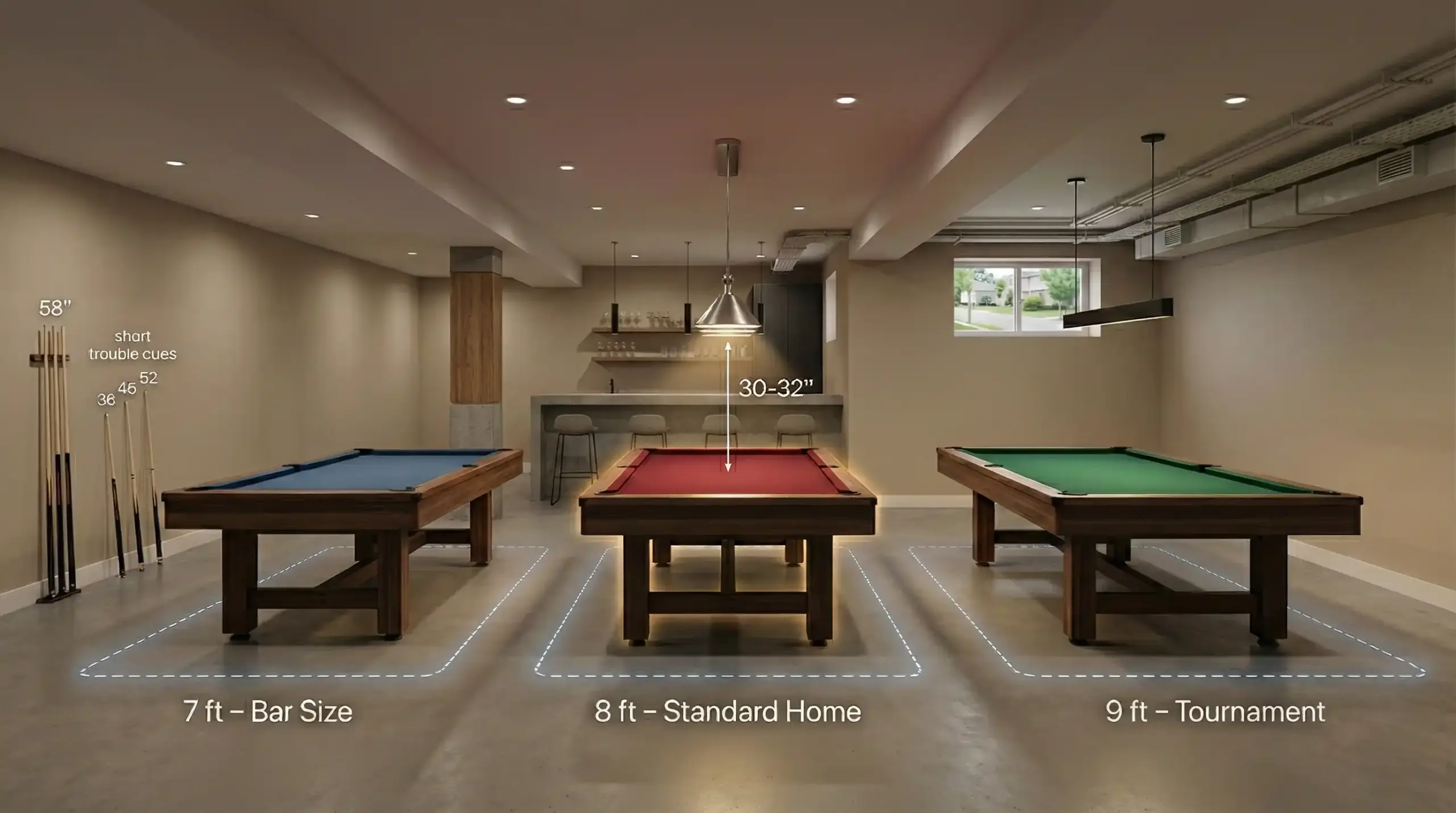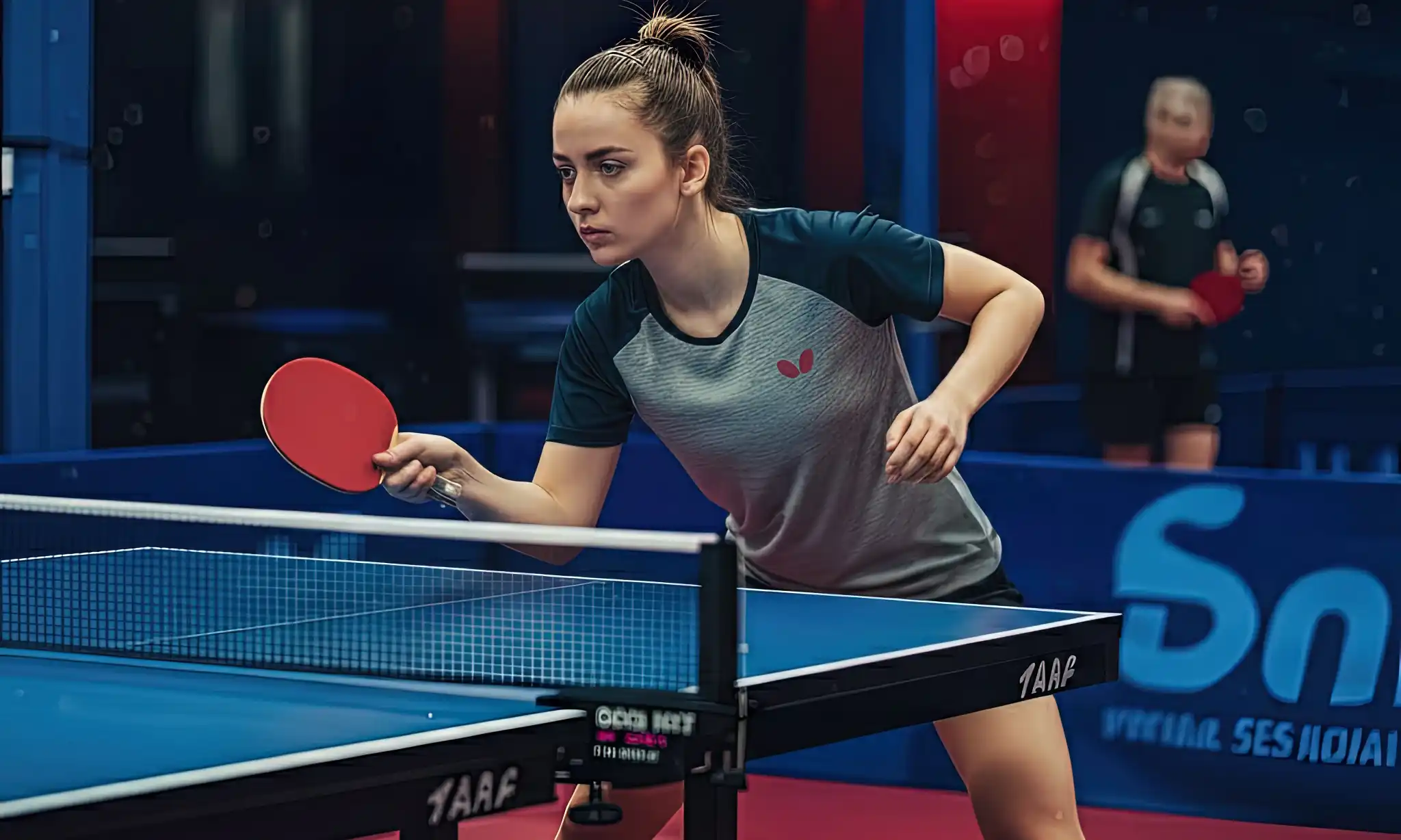Table tennis, often seen as a fun recreational activity, is increasingly recognized as a dynamic sport packed with significant health and fitness advantages. While it might seem like a gentle game, scientific evidence reveals a wide range of physical and mental rewards that go far beyond simple leisure. Many are discovering the surprising impact this engaging sport can have on overall well-being. This analysis explores the comprehensive table tennis health benefits, drawing insights from research and expert opinions to show how it can boost your physical condition and mental sharpness.
Why Table Tennis is More Than Just a Recreational Game
The initial perception of table tennis as a low-key pastime doesn’t capture the full picture of its multifaceted health benefits. Contrary to being just a recreational activity, research highlights positive effects on cardiovascular health, cognitive performance, and more. It’s a sport that engages both body and mind in unique ways. We will delve into the specific physical advantages, the positive impacts on mental well-being, and how table tennis compares as a fitness activity, demonstrating why it’s a valuable addition to a healthy lifestyle. Understanding these table tennis health benefits is the first step towards incorporating this enjoyable sport into your routine.
Boost Physical Fitness: Key Table Tennis Workout Benefits
Playing table tennis offers a surprising range of physical benefits, contributing significantly to overall table tennis fitness. It’s an accessible way to improve several aspects of your physical health simultaneously.
Improve Cardiovascular Health with Table Tennis
- Table tennis is a fast-paced activity that gets your heart rate up, promoting better cardiovascular fitness and improving blood circulation. Regular play leads to better cardiovascular adaptability. Even at a recreational level, it provides aerobic exercise. Studies involving various groups, including those with coronary artery disease, show it can be a safe and beneficial activity, with average heart rates during recreational play noted at 98 bpm, well below peak treadmill test rates. For more intense play, average heart rates can range from 126 to 172 bpm, indicating its potential for a significant cardiovascular workout adaptable to different fitness levels.
Enhance Agility, Coordination & Reaction Time
- The quick volleys and rapid movements demanded by table tennis are excellent for improving table tennis agility. Players must constantly anticipate the ball’s trajectory and react swiftly, which significantly enhances hand-eye coordination. Research consistently shows that table tennis players outperform non-players in tests measuring coordination and table tennis reaction time. The sport fosters both gross and fine motor skills due to its fast-paced, short-distance nature, requiring continuous quick decision-making and precise motor control.
Build Strength, Endurance & Balance Through Play
- While not primarily a strength sport, table tennis engages multiple muscle groups, including legs, arms, and core, contributing to overall strength. The intermittent bursts of intense activity help develop fast-twitch muscles. Studies indicate improved muscle strength, especially in older adults, which aids daily activities and reduces fall risk. The need to maintain balance while moving quickly and changing direction enhances stability, a crucial benefit for seniors. The mix of aerobic and anaerobic activity also builds endurance.
Effective Table Tennis for Weight Management & Calorie Burn
- Engaging in table tennis is an effective way to burn calories. Estimates suggest a 150-pound person can burn around 272 calories per hour. Its enjoyable nature makes it a more appealing option for table tennis weight management compared to some traditional exercises. Research shows regular play positively affects body composition, helping reduce fat mass, particularly noted in older adults and adolescents. The social aspect can also boost motivation for consistent activity.
Low-Impact Exercise: Table Tennis Benefits for Joints
- A key advantage is that table tennis is a low-impact exercise. This makes it suitable for individuals with joint issues or those recovering from injuries, as it provides a good workout without excessive stress on the joints. This accessibility extends to older adults who may find more strenuous activities challenging, allowing them to enjoy significant physical benefits safely.
Sharpen Your Mind: Mental Health & Cognitive Benefits of Table Tennis
Beyond the physical advantages, table tennis offers substantial benefits for mental health, including stress reduction and cognitive enhancement.
Reduce Stress & Boost Mental Well-being with Table Tennis
- Like other forms of physical activity, table tennis triggers the release of endorphins, natural mood boosters that help alleviate stress. The intense focus required during play serves as a mental distraction from daily worries, promoting relaxation. Studies suggest that adolescents who play regularly report lower levels of depression and anxiety, indicating better emotional regulation. The inherent social interaction in playing with others also provides a valuable outlet, contributing positively to table tennis mental health.
Boost Cognitive Function & Alertness at Any Age
- Table tennis acts as a mental workout, stimulating various brain functions. It demands strategic thinking, rapid decision-making, and spatial awareness as players analyze ball speed, spin, and placement. Regular play sharpens mental acuity and tactical skills. It enhances concentration, alertness, and memory retention. Research indicates positive impacts on executive functions—higher-level cognitive skills for planning and problem-solving—especially in children and adolescents, showcasing benefits for table tennis cognitive function.
Table Tennis: A Potential Tool for Preventing Cognitive Decline
- Emerging evidence suggests table tennis may play a role in maintaining mental capacity and potentially preventing cognitive decline and conditions like dementia. Playing increases blood flow to the brain and stimulates overall awareness. It’s even used therapeutically for patients with dementia and Alzheimer’s because it activates multiple brain areas simultaneously. Some research suggests table tennis might offer superior cognitive benefits compared to other exercises due to this high level of mental engagement.
Table Tennis for Kids: Improving Vision & Preventing Nearsightedness
Table tennis can have a positive impact on children’s vision, particularly on the development of visual-motor coordination, concentration, and reaction speed.
Sharpen Children’s Eye Focus & Tracking Skills
- During the game, the child constantly follows the ball, which moves at high speed. This trains the eye muscles and helps develop the ability to focus vision quickly.
Develop Essential Peripheral Vision Abilities
- During the game, it is necessary not only to see the ball but also to follow the opponent’s movements. This develops the ability to “see with peripheral vision.”
Combat Eye Strain from Screen Time
- Children who play table tennis spend less time in front of screens, which reduces the risk of developing nearsightedness (myopia).
Enhance Crucial Eye-Hand Coordination
- The game helps children better coordinate visual signals with hand movements, which is beneficial not only for vision but also for overall brain development.
How Table Tennis Helps Prevent Myopia (Nearsightedness)
- Table tennis can help protect vision against nearsightedness, especially in children, due to its unique characteristics that actively stimulate the visual system. Here’s how table tennis specifically influences the prevention of nearsightedness:
- Training Eye Accommodation:
During the game, the eyes constantly change focus — from near to far distances while tracking the ball. This strengthens the accommodative apparatus of the eye and reduces the risk of nearsightedness. - Less Time in Front of Screens:
Engaging in sports, particularly table tennis, reduces the time spent in front of smartphones and tablets, which are among the main causes of myopia development. - Active Stimulation of the Visual Cortex:
The game requires instant reaction, concentration, and precise spatial perception — all of which activate the brain’s visual functions, keeping them in good shape. - Prevention of Eye Fatigue:
Unlike the static vision required when reading or viewing screens, the game keeps the eyes moving and reduces strain.
Regular table tennis practice is not only fun but also an effective way to prevent nearsightedness in children and adolescents.
Play Safe: Understanding & Preventing Common Table Tennis Injuries
While generally safe, understanding potential issues and focusing on table tennis injury prevention is important for long-term enjoyment.
Common Table Tennis Injuries & Their Causes
- Although a low-impact exercise, repetitive movements and sudden actions can lead to injuries.
- Common issues include: Ankle sprains(from rapid lateral movements), Knee injuries (e.g., patellar tendinitis from squatting and directional changes), Tennis elbow (from repetitive backhand strokes), Shoulder pain (e.g., rotator cuff strains from overhead strokes), Calf strains(from overuse without adequate rest), Lower back pain(from bending and twisting).
Top Strategies for Effective Injury Prevention
- Most injuries can be prevented with proper precautions: Always warm up with light cardio and dynamic stretching. Learn and use proper form to avoid strain. Wear shoes with good grip and support. Incorporate resistance training for overall resilience. Avoid playing through pain and allow for rest. Seek advice from physiotherapists if injuries occur.
Table Tennis vs. Other Activities: Health & Injury Risk Comparison
Physical Demands: Table Tennis vs. Tennis vs. Running
| Feature | Table Tennis | Tennis | Running |
|---|---|---|---|
| Primary Physical Demands | Agility, Reaction Time, Coordination, Short Power Bursts, Aerobic | Agility, Endurance, Strength, Coordination, Power | Cardiovascular Endurance, Leg Strength |
Comparing Health Benefits Across Activities
| Feature | Table Tennis | Tennis | Running |
|---|---|---|---|
| Key Health Benefits | Cardio Health, Cognitive Function, Agility, Low Joint Impact | Cardio Health, Agility, Coordination, Bone Density | Cardio Health, Endurance, Mental Health |
Relative Injury Risks Explained
| Feature | Table Tennis | Tennis | Running |
|---|---|---|---|
| Relative Injury Risk | Low | Moderate to High | Moderate to High |
Note: These tables provide a simplified comparison based on general characteristics.
Common Injuries, Causes, and Prevention
| Common Injury Type | Primary Causes | Prevention Strategies |
|---|---|---|
| Ankle Sprain | Sudden lateral movements, quick pivots | Proper warm-up, appropriate footwear, ankle strengthening |
| Tennis Elbow | Repetitive backhand strokes, overuse | Proper technique, appropriate equipment, forearm strengthening |
| Shoulder Pain | Repetitive overhead/high-intensity strokes | Proper technique, warm-up, shoulder strengthening, avoid overuse |
| Knee Injury | Frequent squatting, sudden directional changes | Proper technique, warm-up, leg strengthening, proper footwear |
| Calf Strain | Excessive use of calf muscles without adequate rest | Proper warm-up, stretching, adequate rest |
FAQ
Is table tennis really a good workout for cardiovascular health?
- Yes, table tennis can be an excellent cardiovascular workout. Its fast pace elevates the heart rate, improving circulation and cardiovascular fitness. The intensity can be adjusted, making it suitable for various fitness levels, including providing aerobic benefits even during recreational play.
Can playing table tennis help improve my focus and concentration?
- Absolutely. Table tennis requires intense focus on the ball, opponent’s moves, and strategy. This constant need for concentration, quick decision-making, and analysis of speed and spin significantly enhances mental acuity, alertness, and overall table tennis cognitive function.
Is table tennis safe for older adults or people with joint problems?
- Table tennis is considered a low-impact exercise, making it generally safer for joints compared to high-impact sports. This makes it an excellent option for older adults or those with joint concerns, allowing them to gain physical benefits like improved balance and strength without excessive strain. However, proper warm-up and technique are still important for table tennis injury prevention.
How does choosing the right table tennis equipment impact your health and fitness?
- Selecting appropriate table tennis gear—such as a racket that complements your playing style and a table suited to your space—enhances gameplay comfort and efficiency. This not only improves performance but also encourages longer, more engaging sessions, contributing positively to cardiovascular health, coordination, and mental agility. Proper equipment reduces the risk of strain or injury, making your fitness journey both enjoyable and sustainable.
Table Tennis: A Fun, Holistic Sport for Lifelong Wellness
Table tennis offers a compelling package of table tennis health benefits. Physically, it enhances cardiovascular health, sharpens table tennis agility and table tennis reaction time, builds strength and balance, and aids in table tennis weight management, all while being a low-impact exercise. Mentally, it’s a powerful tool for stress relief, boosting table tennis cognitive function, and potentially preventing cognitive decline. With a lower risk of injury compared to many sports and endorsements from medical experts, its value is clear. Its adaptability makes it suitable for all ages and fitness levels. Table tennis truly stands out as a fun, engaging, and profoundly beneficial activity for holistic health and fitness throughout life. Learn more about incorporating table tennis into your home game room on the Pool Table Store website.





